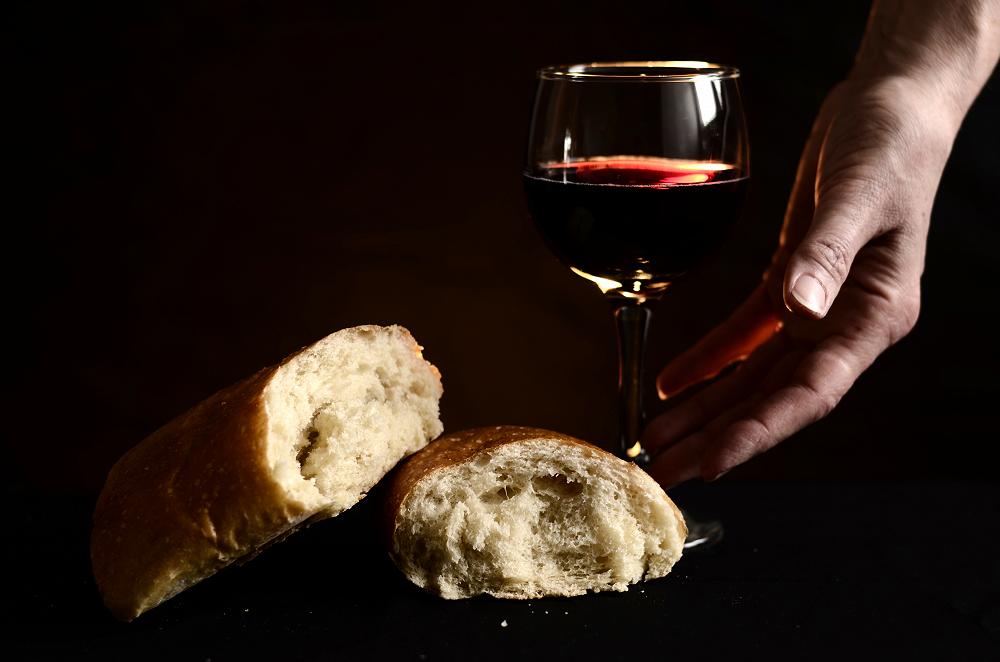
Leading the Eucharist — Part 4
Neil Darragh offers a new understanding of the role of the leader and the ministers in the liturgy of Eucharist.
The Liturgy of Eucharist is the third phase within the larger Eucharist/Mass. It begins with the preparation of the bread and wine at the altar and ends with Communion. Its two main parts are the Thanksgiving Prayer and the Communion Rite. While it has not always been so in the history of the Church, this phase of the Eucharist has for many centuries now been led by an ordained priest.
The Thanksgiving Prayer is not a prayer of just the priest. It has to be prayed by everyone together in a way that is a dialogue between Leader and congregation. It sets a high ideal for both Leader and congregation; and it can easily fail. At its worst it is, as one teenager put it: “that boring bit in the middle when the priest talks a lot with his hands in the air.”
At its best it draws everyone into the centre of Christian spirituality. It is thankfulness for God’s power of love among us, especially in the continuing life of Christ; and in its petitions it expresses confidence that God will continue to empower us in this way. It focuses within us the two deepest sources of Christian spirituality: a sense of thankfulness and, out of this thankfulness, a sense of engaged hope in the future.
We could expect that this Prayer would be the most beautiful and engaging language our poets and orators could imagine for speaking to God. Yet the current Thanksgiving Prayers in English stumble along with neither style nor rhythm as they struggle to become English while trapped in Latin forms. Most priests I know change at least some of the words and phrasing — it’s just too hard or too embarrassing to talk to God like this. Perhaps we may someday achieve a crafted, beautiful language that engages the whole congregation in thankful and respectful prayer with God!
The Communion Rite follows the Thanksgiving Prayer. The Communion Rite is essentially about union — the union within the Spirit of this whole community. The sharing of bread and wine as the life of Christ is the most important symbol here. All the actions of the Communion Rite should focus on this high ideal of union. Yet this Rite, as we enact it, can display not just union but also the fragility of this union. The Communion Rite is particularly powerful in that it is a part of the liturgy where people pay most attention. Two examples of this symbolic power and its fragility can be seen in the ministers who give communion and the order of receiving communion.
The ministers of communion represent collectively the diversity in union of this community if the congregation can see itself represented there in their own different ethnicities, different social statuses, different occupations, different ages, women and men. It is powerful in another way if we can also see represented there the services that reach out to the wider world: people involved in works of compassion, social justice, care for the environment, community development, or care of the vulnerable, for example. The Rite falters if these diverse gifts of the Spirit cannot be seen there in the ministers. It is the Leader’s responsibility to see that they are.
A second example of the power of this Rite appears in the order of receiving communion. The most common order of receiving communion in Catholic Churches is first the Leader (priest), then the other ministers, then the whole congregation. This is a hierarchical order. Another order is possible. What happens to the symbolism of the Rite if the ministers, including the Leader, receive last — after they have served everyone else? Here the ministers are re-enacting what Jesus did at the Last Supper when he acted as a servant to his disciples. This simple change of order of reception brings home quite strongly the Christian idea of service. Communion is a ministry of service, not a demonstration of status or power.
For priests accustomed to the practice of one single presider, it is a liberating experience to collaborate with others through the four phases of Eucharist. The priest can then concentrate on leading just the Eucharist Prayer and the Communion Rite and on trying to make the actions of these rites more powerful and more life-giving.
Tui Motu Magazine. Issue 243 November 2019: 7
